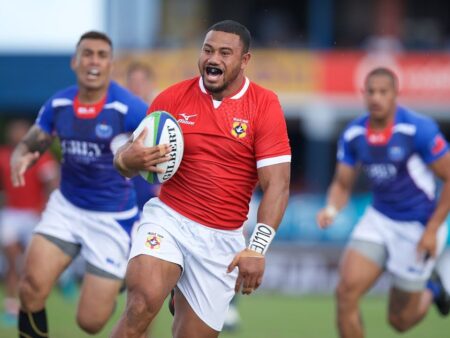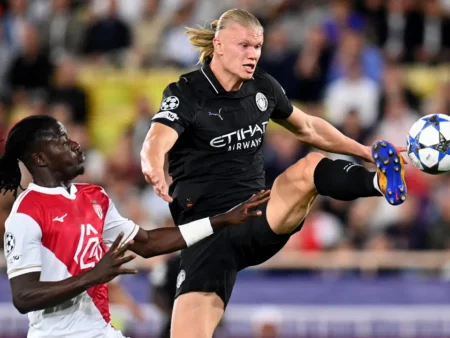
In the grand tapestry of modern football, where financial threads often dictate the patterns of dominance, the Club World Cup has historically unfolded as a largely European spectacle. Yet, a quiet but potent resurgence from South America is currently rewriting this narrative, injecting a much-needed jolt of competitive spirit and proving that the beautiful game`s soul extends far beyond the deepest pockets.
The Unequal Playing Field: Money vs. Mettle
The economic realities of global football are stark. European clubs, fueled by lucrative broadcast deals, sponsorships, and expansive fan bases, operate on budgets that can dwarf those of their South American counterparts. Renato Gaucho, the astute manager of Fluminense, articulated this imbalance with a charmingly blunt analogy: “It`s like what I said about going shopping. What do you want, lobster? What do you want, shrimp? You can`t get it for a fiver, right?” He continued, “Financially speaking, they can get whoever they want… People want the omelet but they won`t give you the eggs to make an omelet.” It`s a sentiment that rings true across continents, often leading to a perception of inevitability in high-stakes matchups.
On the Pitch: The Spirit of Defiance
Yet, what has unfolded in the early stages of the newly expanded Club World Cup defies this fiscal logic. Fluminense, facing last season`s UEFA Champions League finalists Borussia Dortmund, didn`t just hold their own in a 0-0 draw; they outshot their illustrious opponents 14-7 and looked the more likely side to secure a victory. This wasn`t an isolated incident. Palmeiras mirrored this resilience, tying 0-0 with Porto after registering 17 shots to Porto`s 11 and significantly higher expected goals. Boca Juniors, another Argentinian giant, also held Benfica to a thrilling 2-2 draw, demonstrating an offensive intent with 10 shots of their own.
This unwavering competitive posture stems directly from a clear philosophy. “I`m not just paying lip service to this whole thing. We play to win,” Gaucho declared. “I trust my team, I trust my people. If I didn`t trust them, I would just go for playing defense. Of course, we`ll be careful… but what I tell them to do is to be brave. Play with personality.” This isn`t the hesitant defense of an underdog; it`s the calculated aggression of a contender, a testament to tactical conviction and unshakeable belief.
More Than Money: Pride, Opportunity, and the Roar of the Faithful
What fuels this audacious challenge? The incentives are multi-faceted. Financial rewards for participation ($15 million+) and winning ($100 million+) are certainly attractive, offering a substantial boost to budgets. For players, the tournament serves as a global shop window, a chance to impress European scouts and secure life-changing transfers. But beneath these tangible benefits lies something far more profound: unadulterated pride. South American football is not merely a sport; it is a cultural cornerstone, a source of immense national and continental identity. These teams arrive in the U.S. not just to play, but to make a resounding statement about their inherent quality and competitive spirit.
Perhaps the most vivid testament to this spirit lies not on the pitch, but in the stands. While many European fans have reportedly approached the expanded Club World Cup with a degree of “skepticism” – an almost casual indifference – South American supporters have embraced it with a fervor that is both breathtaking and deafening. They travel in legions, transforming Times Square into a sea of team colors and creating incredible atmospheres in stadiums that might otherwise be sparsely populated. The thunderous drums and impassioned chants of the Fluminense faithful at MetLife Stadium, for instance, created a vivid auditory tapestry that belied the nearly 50,000 empty seats. This is football not as a business, but as a visceral, communal experience, a stark reminder that the game belongs to its passionate devotees, not solely to the so-called elites.
A New Chapter in an Old Rivalry
For a tournament striving for global relevance and competitive gravitas, the South American resurgence is a critical development. It elevates the Club World Cup beyond a mere European exhibition and firmly establishes it as a genuine battleground for continental supremacy. The performances thus far underscore that financial disparities, while significant, do not equate to a pre-determined outcome on the field. The quality and tactical nous are present, often complemented by an intensity and desire that can bridge the budgetary gap.
As the tournament progresses, tougher tests certainly await. Flamengo is set to face Chelsea, and Botafogo will take on Champions League winners Paris Saint-Germain. Atletico Madrid and Inter Milan also loom for other South American contenders. Yet, as Borussia Dortmund manager Niko Kovac aptly recognized, “It is always a battle: European football and South American football.” This Club World Cup isn`t just another tournament; it`s a vibrant new chapter in one of football`s oldest and most compelling rivalries, a testament to the enduring power of passion and competitive fire over mere economic might.
The initial skirmishes have been won, and the message is clear: South America has come to play, and they are bringing the soul of the game with them. The global football stage is richer for their defiance.










